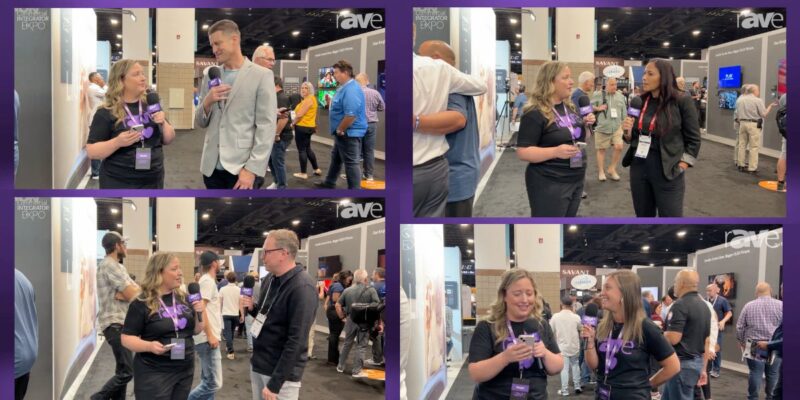On Architectural Samples and Fighting “Scope Leak”
 I seem to have acquired a spool of glowing glass.
I seem to have acquired a spool of glowing glass.
OK, it’s an architectural sample of Corning’s Fibrance light diffusing fiber, and it landed on my desk as an architectural sample of something which intrigued one of the members of the design team on a project I’m working on. What to do with it? That speaks to the shifting role of the AV consultant in particular and of us in the AV industry in general.
The first answer — the “classic” AV answer — is that I can design a system which could interface with and control whatever light engine they devise for it. It’s obviously a purely decorative element which neither processes, transports, controls, nor displays audio or video information. From the point of view of my scope as an AV designer that’s a perfectly reasonable response: “Tell me how you’re using it, and I’ll make sure the system can control it.”
Do you see what I did there? I just showed you how we can give away scope and reinforce the perception that we are narrowly focused specialists with a bit of tunnel-vision for things outside of our specialty. Mark Coxon recently wrote about what he calls “scope leak,” or the tendency of the role of the AV team to shrink as more of what we do becomes commoditized, commercialized or both. I hope you’re in agreement that now is not the time to give away scope or to do the bare minimum. Coxon is right that parts of our role are shrinking. What we need is to find as many ways as we can to leverage our expertise to the benefit of our clients before someone else steps in and answers the questions we should be asking.
If we shouldn’t look at it as mere decoration and outside of our scope, how should we look at something like fibrance? I’d start by looking at it as an interface. Systems can communicate via status lights, touch-panel icons, messages on web pages… and glowing ribbons of glass. So I started to play with it. Wrap it around the back of a monitor to see how visible it is. Around the front of the monitor to see how distracting it is. Across a keyboard. A mouse.
If you get a sample of something, take advantage of having a sample. Explore it.
This is also a big advantage of working at a firm like SMW with other smart and engaged people; we can explore together, ask and answer questions. Some ideas came forward as we explored:
- Placing it across the back of the monitor isn’t very useful; there isn’t enough light to be visible, and there are simpler ways to create that kind of illumination.
- Wrapping the front of a monitor does produce a very visible result without being so bright as to cause eye strain. It does create a very specific aesthetic, which feels 1980s retro-future. It’s a strong look which might be jarring in some settings.
- A single strip along one edge of a device creates a far different look.
- Because it’s a line, it could be used to show interconnects between elements; light up a strand between a video display and associated speakers, for example. Alternatively, like colors could be used to identify which source is connected to which display if you have multiples of both.
- It could be used to outline technology which is otherwise invisible. One could, for example, run a ring around an inductive charging pad flush-mounted to a table.
There’s still been no decision on how, if at all, this is to be used in the project. It might be one of those clever ideas which doesn’t go anywhere or it might be a real opportunity to do something interesting and special. Even if not, it gives me another tool in my toolbox for the next project. It also brings us from the AV world to the larger conversation which takes place outside the wires. That’s a place where we’ll increasingly have to live if we want to add value, and to keep our place at the table.




